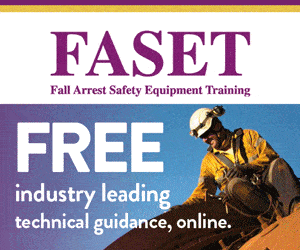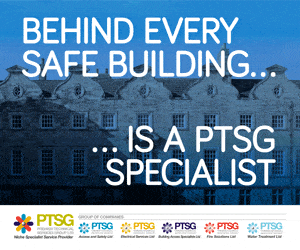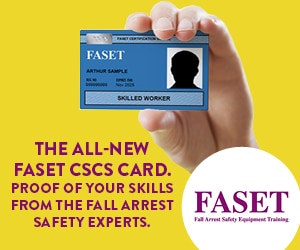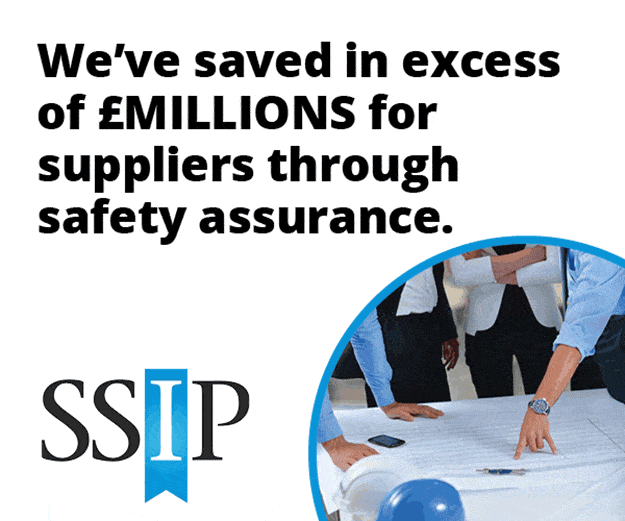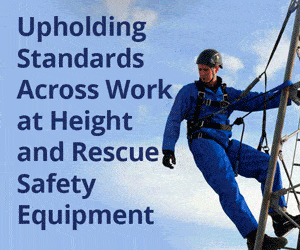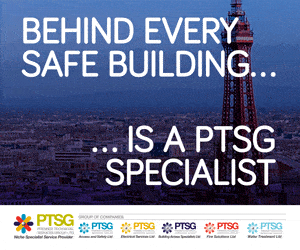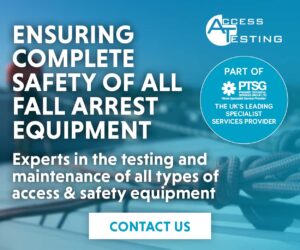In today’s educational landscape, safeguarding has never been more critical. It’s a core component of how schools, colleges, and higher education providers are judged, not only in terms of policy but also through the lens of practical implementation. For facilities teams working alongside school leaders, ensuring that pupils, staff, and visitors are safe is a moral, operational, and now, increasingly, an inspection-driven imperative.
And the stakes are high. In the 2022/23 academic year alone, 64 schools in England were judged by Ofsted to have ineffective safeguarding measures. These weren’t minor oversights – they reflected serious or widespread failures that, for some, included deficiencies in physical security and subsequently led to an automatic (and devastating) ‘Inadequate’ rating.
In this article, Wayne Hopkinson, Contracts Manager at Business Watch Guarding, explains why safeguarding isn’t just a policy obligation for those working within the education sector, it’s a critical responsibility that directly impacts student, staff and visitor safety, operations, finances, and reputation.
He highlights the importance of education estate teams working with specialists who deliver tailored security solutions – from access control and CCTV monitoring to static and mobile guarding and visitor management. And he explores common security pitfalls that risk inspection failures, including poor site visibility and unsecured entry points, and demonstrates how a proactive, strategic approach can support those operating across the industry to mitigate these risks.
“Safeguarding is often discussed in terms of child protection policies, safer recruitment, and staff training. While these are all of course vital, the physical environment for both pupils and staff plays an equally important role – and those in authority need to be asking a number of key questions to identify whether they are effectively keeping those they’re responsible for safe. Questions such as:
Can unauthorised individuals access the premises? Are any blind spots monitored effectively? Are evacuation and lockdown procedures supported by the right infrastructure?
Without effective physical safeguards, even the best-intentioned policy can collapse under pressure. Access control, CCTV surveillance, guarding services, and visitor management systems are not just ‘nice to haves’ – they are fundamental tools in ensuring that a school is safe, resilient, and compliant with Ofsted expectations.
Failing an Ofsted inspection due to safeguarding issues doesn’t just result in a poor report. It can lead to distress amongst staff, a change in leadership, intense media scrutiny, and a loss of parental confidence. For academies and trusts, reputational damage can extend across multiple sites, further impacting enrolment and funding opportunities.
In addition – and hugely importantly – inadequate security places individuals at genuine risk. From broken perimeter fences providing unrestricted access to playgrounds, unmonitored reception areas allowing visitors to enter without proper vetting, and the absence of regular mobile security patrols, leaving large areas of a campus unchecked for extended periods. All of these are not just compliance failures – they’re real threats to the safety and wellbeing of students and staff.
From our extensive experience in the sector, there are several recurring physical security weaknesses that can compromise safeguarding:
● Unsecured Entry Points | Many schools, colleges, and universities have multiple access points, not all of which are actively monitored or locked. This makes it easy for unauthorised individuals to enter unnoticed
● Poor Site Visibility | Insufficient CCTV coverage – particularly in outlying areas like car parks, sports fields, or delivery bays – can leave vulnerable areas open to misuse or misconduct
● Inadequate Visitor Management | Outdated or manual sign-in systems make it difficult to track who is on site at any given time or ensure that visitors have been appropriately vetted
● Reactive Security Models | Some establishments wait until an incident occurs before acting. This approach is not only risky, but also less cost-effective than taking a planned, preventative stance.
The key to addressing these issues lies in adopting a proactive, strategic approach to security. This means working with experienced providers who understand both the unique nature of educational environments and the regulatory landscape in which they operate.
Every school, college, and university has different needs based on its size, location, population, and existing infrastructure. That’s why any security provider should work in close partnership with education estate teams to identify their specific requirements and then deliver tailored security strategies that integrate seamlessly into the wider safeguarding framework.
Strategies that include services such as:
● CCTV Monitoring | High-definition, strategically placed cameras linked to 24/7 monitoring centres provide real-time oversight and rapid incident response
● Static and Mobile Guarding | Trained, SIA-licensed personnel offer a visible deterrent, rapid intervention capability, and reassurance to staff, students, and parents alike
● Keyholding & Alarm Response | Security officers provide swift response to any alarm or disturbance
● Open & Lock Service | Dedicated mobile patrol officers open and lock premises outside of formal hours ensuring staff safety and peace of mind
Security technology and services are crucial within an educational facility, but they are most effective when part of a wider culture of safety. Facilities managers, teaching staff, and leadership teams must work collaboratively, regularly reviewing risk assessments, testing systems, and training personnel on protocols.
One of the most valuable things an external security partner can bring is perspective. When you’re close to your own environment, it’s easy to oversee vulnerabilities. A specialist team can support educational leaders to ensure that all potential security weaknesses within their premises are identified through the undertaking of comprehensive site audits and the sharing of recommendations for improvements that align with Ofsted’s safeguarding expectations.
Investing in robust physical security isn’t just about compliance – it’s about confidence. When pupils feel safe, they learn better. When parents trust an educational establishment’s safeguarding, they’re more engaged. When Ofsted sees well-planned systems and processes in place, they reflect that in inspection outcomes.
Financially, the cost of implementing proactive security measures is significantly lower than the long-term implications of a safeguarding failure. From legal exposure to rebuilding trust after a poor inspection, the true cost of inaction can be immense.
Safeguarding in education can no longer be viewed through a narrow policy lens. It must encompass a holistic view of risk, where physical security plays a central role. The role of a facilities team within an educational establishment is complex and demands constant decision-making across multiple domains, but in a world of evolving threats and rising scrutiny, doing the minimum from a physical security perspective is simply not enough.
By partnering with professional security providers, educational institutions can take control of their environments, reduce vulnerabilities, and demonstrate to regulators, staff, parents, and students that their safety is not just a requirement—it’s a priority.”













